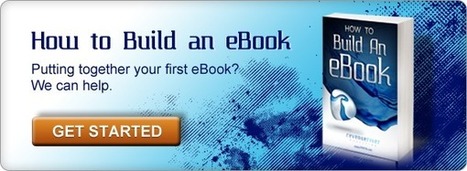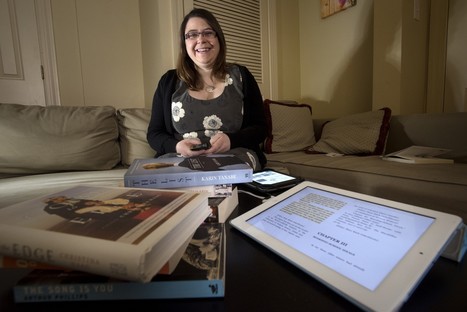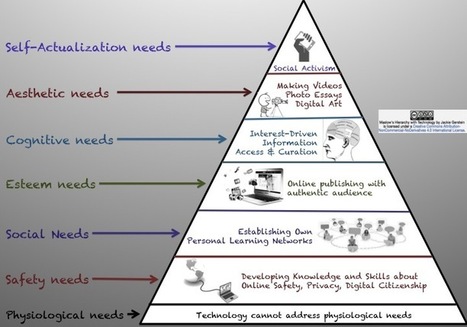This handy infographic attempts to answer one of the most crucial questions for marketeers - what time of the day should e-mails be sent to ensure highest open (Very nicely compiled infographics.
Via Rami Kantari, John van den Brink, Berend de Jonge, Jack Patterson



![The Best Time Of The Day To Send Emails [INFOGRAPHIC] | Dyslexia, Literacy, and New-Media Literacy | Scoop.it](https://img.scoop.it/uv01h44ENtkH1pRkb-pgCzl72eJkfbmt4t8yenImKBVvK0kTmF0xjctABnaLJIm9)


 Your new post is loading...
Your new post is loading...
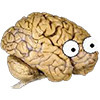
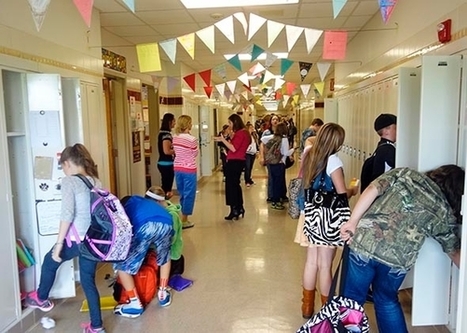


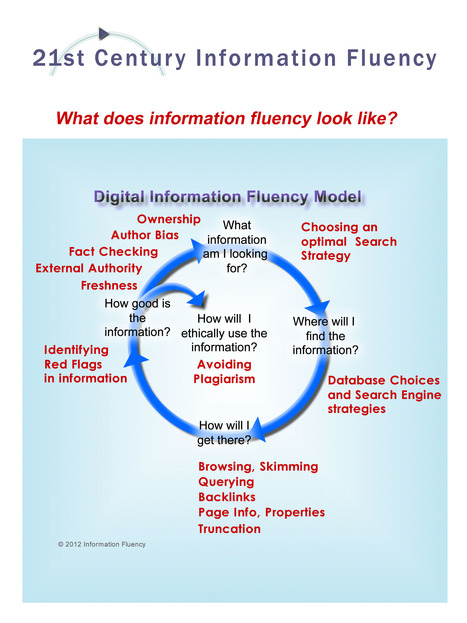




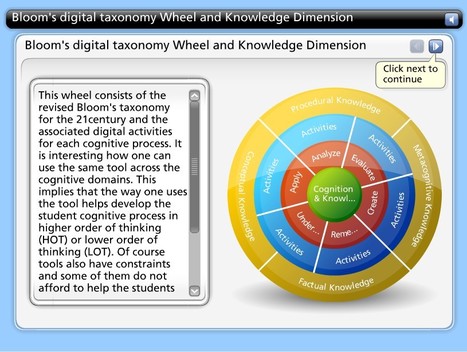




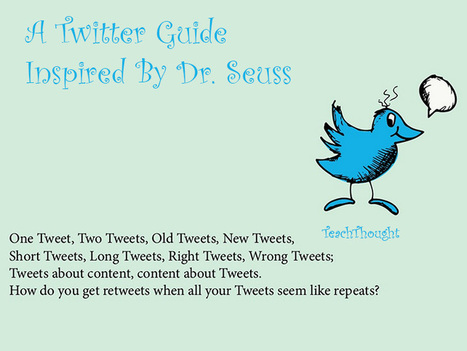
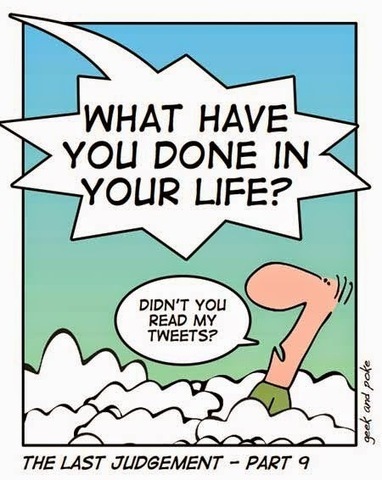

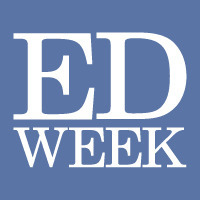
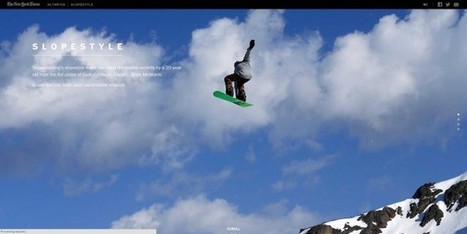





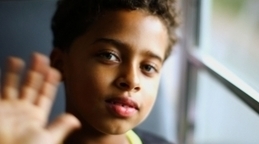
![Content Curation: The Art of a Curated Post [Infographic] | Content Marketing Forum | Dyslexia, Literacy, and New-Media Literacy | Scoop.it](https://img.scoop.it/1FRoqFd5ONi9BTXXu5K8bDl72eJkfbmt4t8yenImKBVvK0kTmF0xjctABnaLJIm9)



